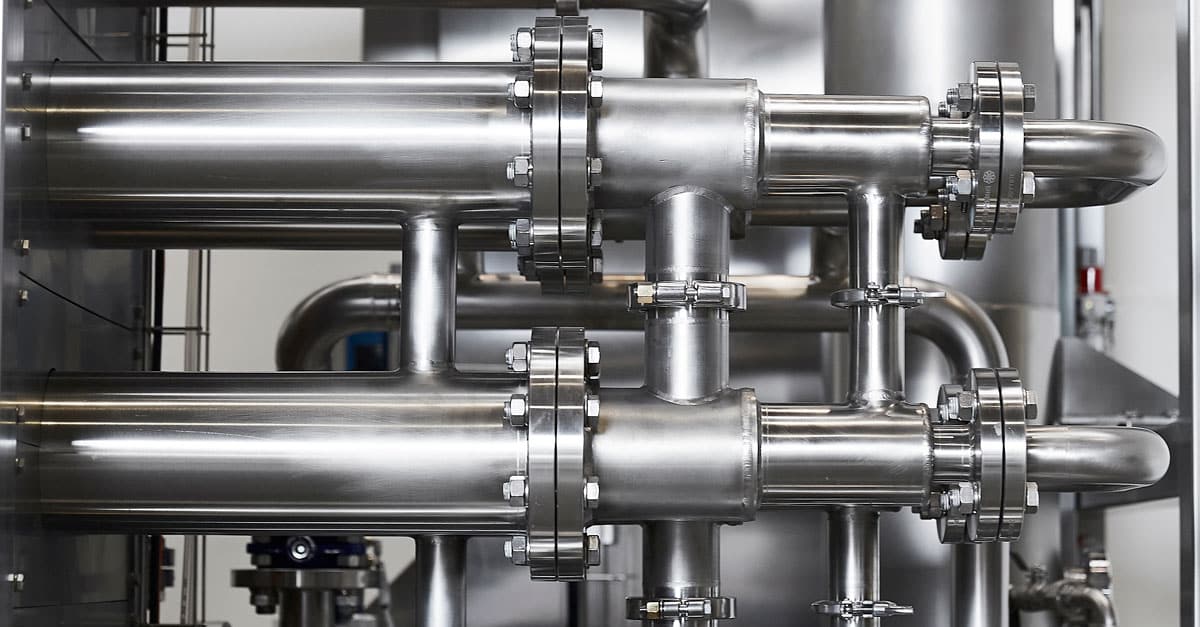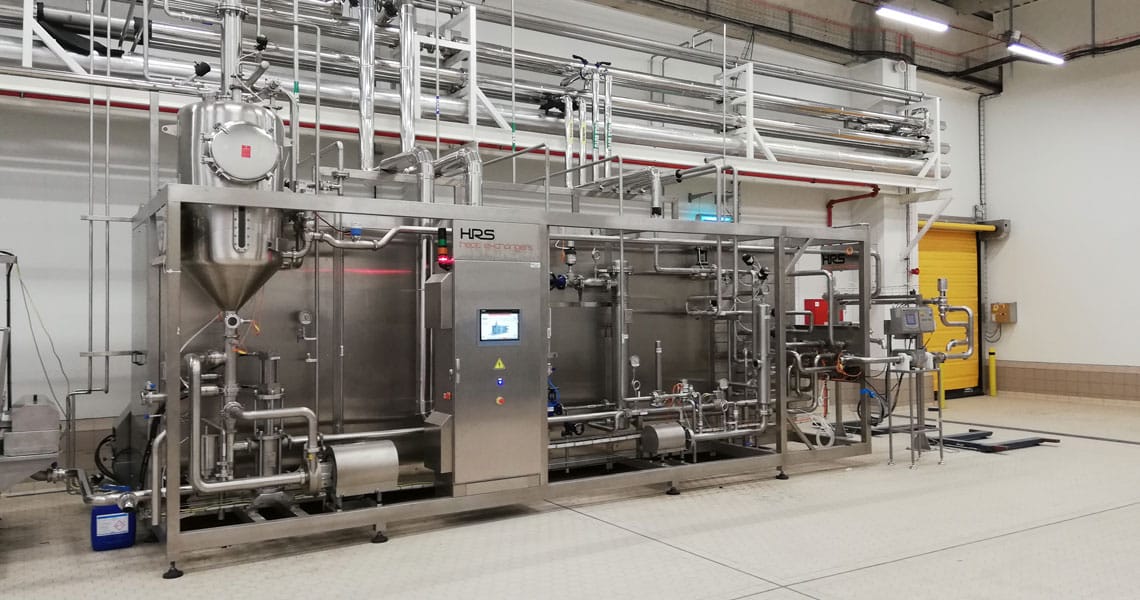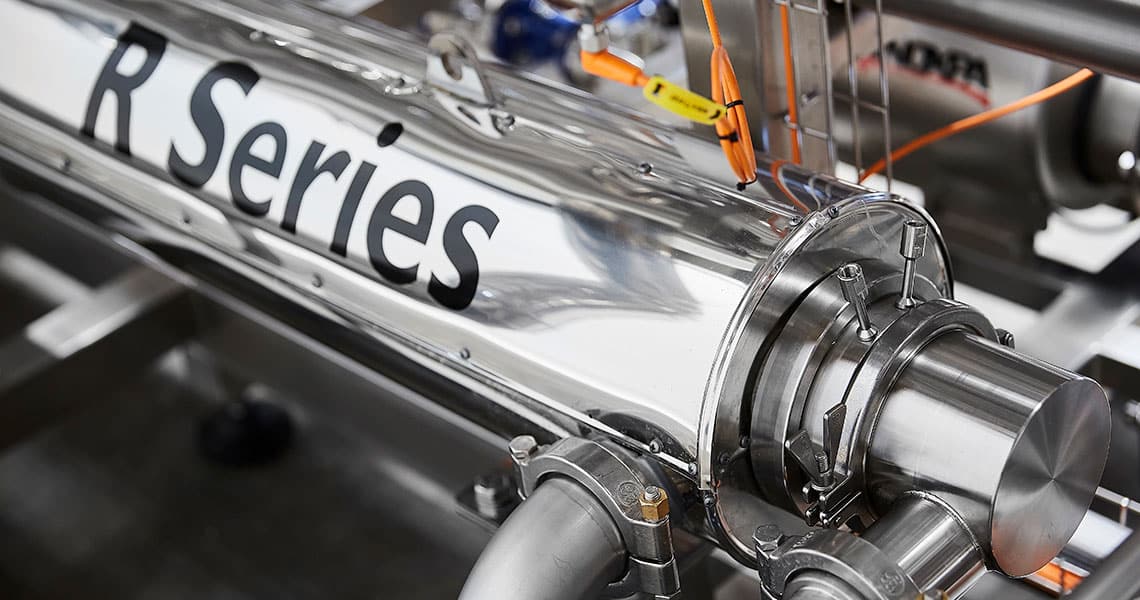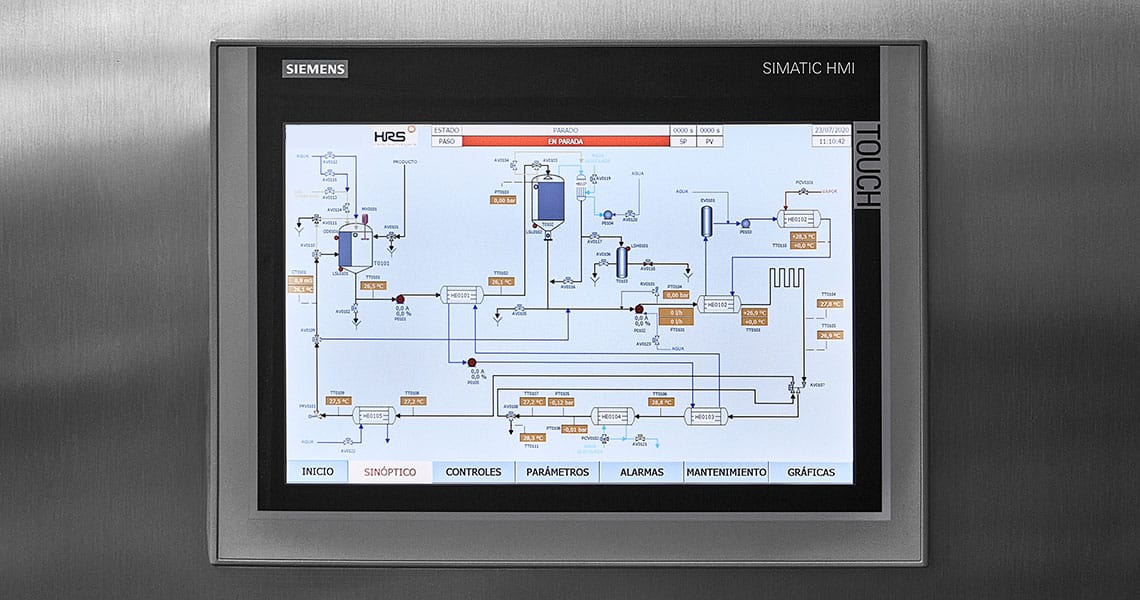News Category: Pharmaceutical
The Benefits of Shell & Tube Over Plate Heat Exchangers

For simple non-viscous fluids, the choice of heat exchanger normally comes down to a choice between plate heat exchangers (PHEs) and shell and tube designs. There are a number of considerations which are not always …
Read MoreHeat Regeneration Should be Key Consideration

Many industrial processes require energy, but only a portion of that energy input is used for each operation such as pasteurisation or evaporation. Unused energy is wasted, but by using heat exchangers, it is possible …
Read MoreThe Importance of Evaporation in CBD Extraction

Functional health and medicinal products containing CBD (cannabidiol) are growing in popularity, and the UK market is now worth £690 million a year according to trade association ACI, making it the second biggest market in …
Read MoreReducing DOWNTIME with heat exchangers

The concept of Lean production, as developed by Japanese motor manufacturers such as Toyota, is now well established across a range of industries. According to the theory of lean manufacturing, anything which does not increase …
Read MoreRemote Commissioning will Continue after Covid

The Covid-19 pandemic has had huge effects on economies around the world. Businesses have adapted to these challenges in numerous ways, changing working procedures, stockpiling goods and working remotely where possible. Restrictions on global travel …
Read MoreThe Future Potential of Process Control Systems

Thanks to developments like Industry 4.0, digitisation, and the cloud, together with improvements in process control and communication technology, it is easier than ever to offer remote assistance and monitoring. The restrictions on travel and …
Read More